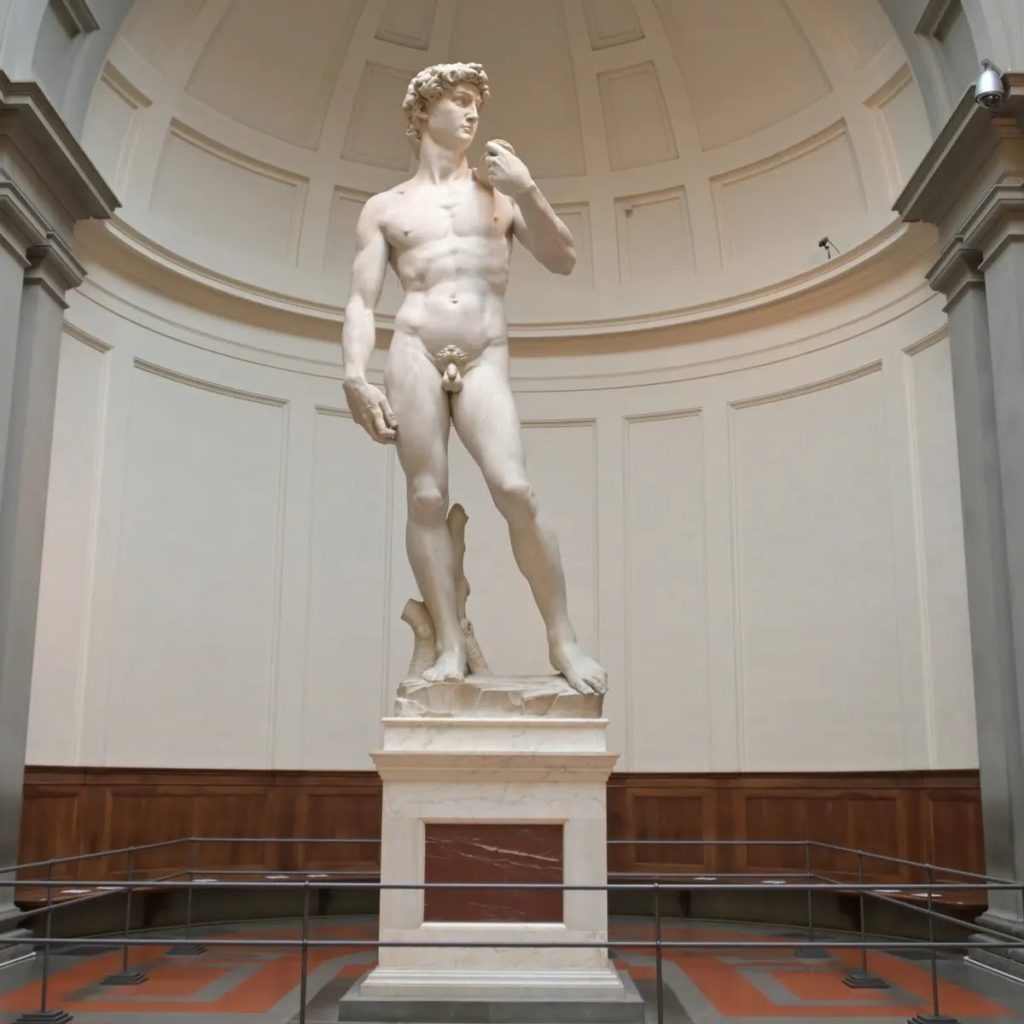In the world of art, where creativity flourishes and messages are expressed, the clash between politics and artistic expression has often been a cause for concern. Unfortunately, there have been instances where passionate political individuals have destroyed works of art, using their ideologies to justify their destructive actions. What’s even more disheartening is the negative media coverage that sometimes follows, perpetuating the misconceptions and justifications for such acts. In this article, we will explore some examples of how political fanatics have targeted art and the role of the media in disseminating these destructive narratives.
The Battle of David: Iconoclasm Through Politics:
One notable instance of art destruction motivated by politics was the vandalism of Michelangelo’s famous statue, David. In 1991, a political extremist attacked the statue with a hammer, claiming it represented the capitalist and bourgeois domination over the working class. Despite the historical significance, beauty, and global appreciation of Michelangelo’s masterpiece, this act of destruction aimed to send a political message. Unfortunately, the media coverage surrounding the incident further divided opinions, with some outlets attempting to justify the act based on political ideologies.
The Controversial «Piss Christ» and Freedom of Expression:
In 1987, artist Andres Serrano created a photograph called «Piss Christ,» which depicted a crucifix submerged in a vial of the artist’s urine. The artwork faced immense backlash from certain religious and political groups who found it offensive and blasphemous. Although freedom of expression is a fundamental aspect of art, some politically-driven individuals took this as an opportunity to destroy the piece. In the aftermath, media coverage sparked debates about sacrilegious art, often focusing more on the destruction than the initial intent behind the artwork.
Art Under Siege: The Destruction of Mural Paintings:
Mural paintings, which often convey political and social messages, have fallen victim to political extremism as well. In various countries, murals depicting controversial themes and figures have been defaced or destroyed by politically motivated individuals. The perpetrators cite their beliefs and ideologies as justification for their actions. Unfortunately, certain media outlets have contributed to the dissemination of negative narratives by emphasizing the controversy rather than the artistic value, distracting from meaningful discussions about the role of art in public spaces.
Conclusion:
Art has long been a place for diverse perspectives, but the intersection with politics has at times led to the destruction of priceless artworks. The actions of political fanatics can tarnish the reputation of art and cultural heritage. Moreover, when media coverage sensationalizes these incidents or aligns with the political motivations behind the destruction, it perpetuates a harmful narrative. It is crucial for society to recognize and condemn such destructive acts while engaging in thoughtful discussions about the role and significance of art, its freedom of expression, and its place within the political landscape.
By shedding light on these instances of destruction and the negative media coverage that accompanies them, we can work towards preserving art, fostering appreciation for its diverse messages, and promoting a more nuanced understanding of the relationship between art and politics.


